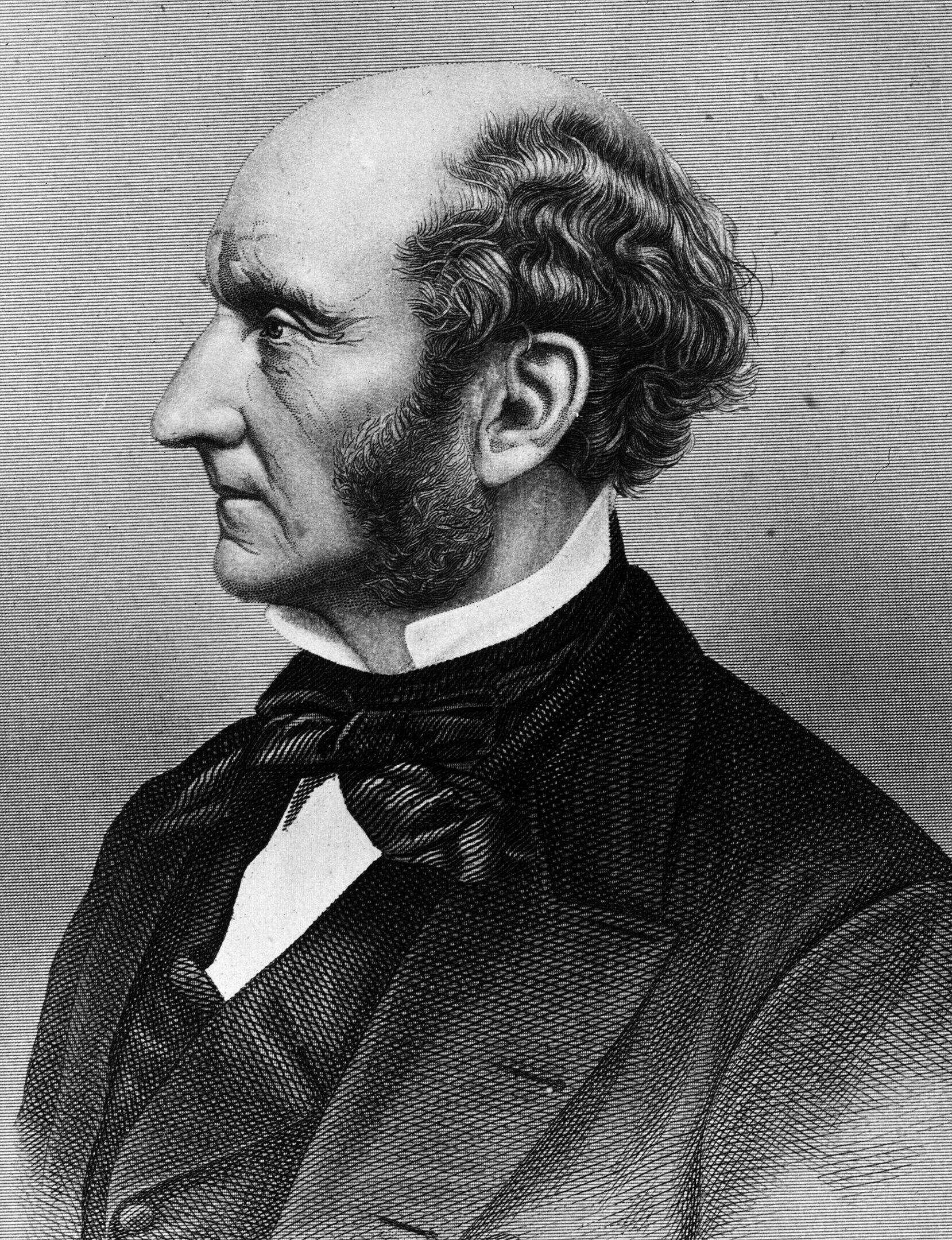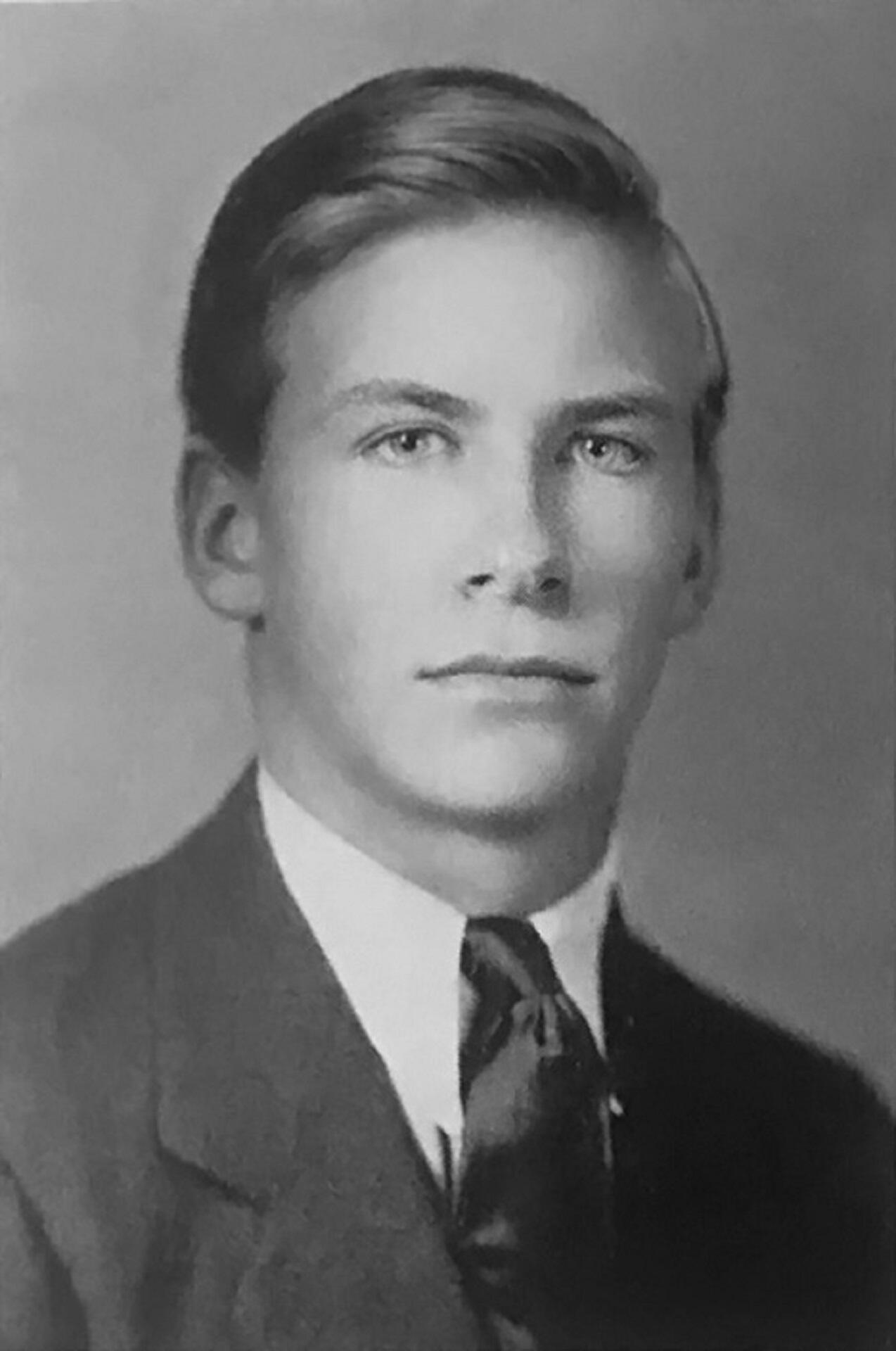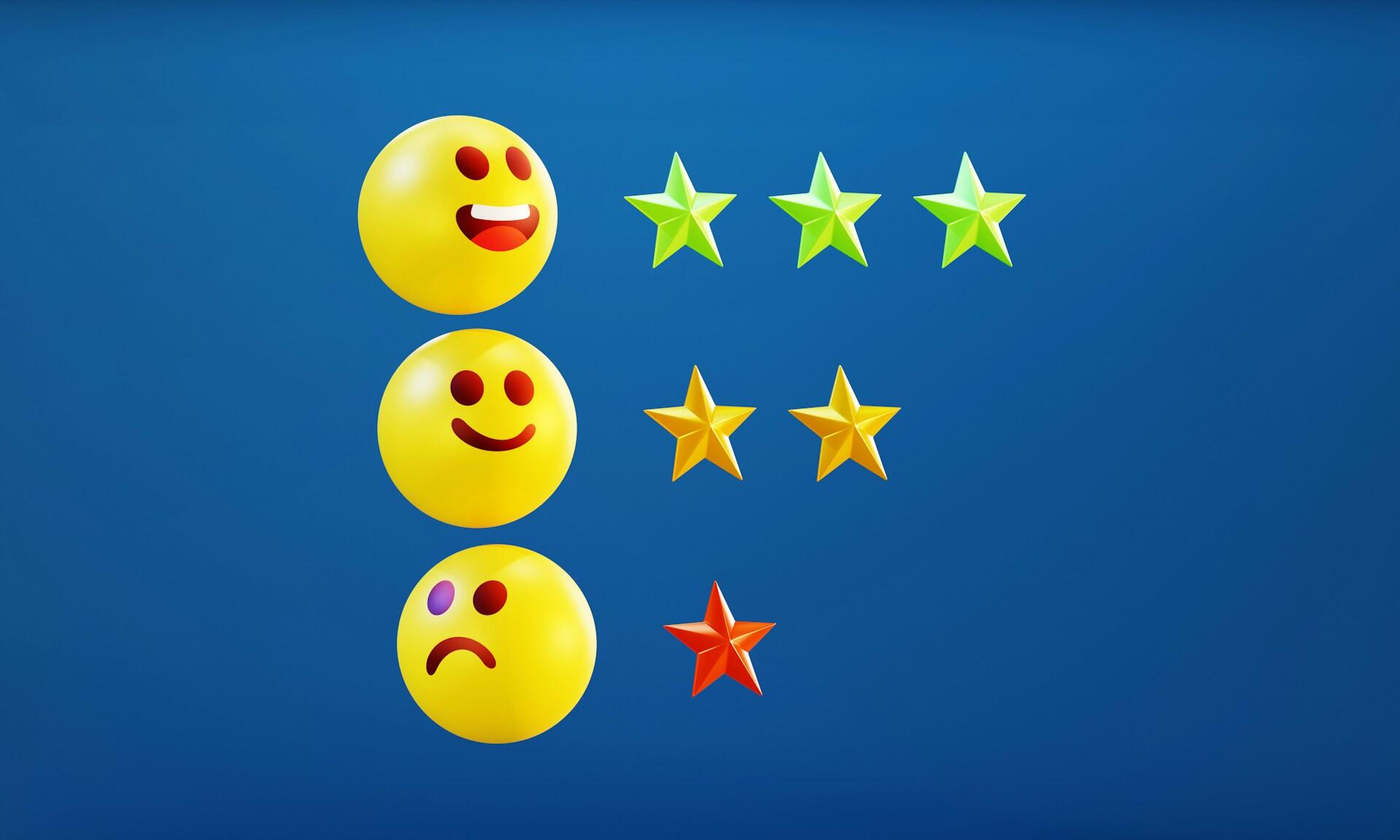At first blush, liberalism sounds great. It revolves around liberty and individual rights, equality in politics, the right of property ownership, and equality under the law. As an A-Level Politics student, you must define these aspects and debate their nature in the real-world context. You should also identify this 'ism's key persons, and the basis for their ideas.
| 🎩Liberal thinker | 📅When they lived | 🏆What they championed |
|---|---|---|
| John Locke | 1632 to 1704 | Limited government the social contract Inherent natural rights. Tabula Rasa |
| Mary Wollstonecraft | 1759 to 1797 | Women should have formal equality. Women should have the right to education and careers. |
| John Stuart Mill | 1806 to 1873 | The Harm principle: people may not harm others as they pursue their ends. A view's popularity doesn't mean it's correct. |
| John Rawls | 1921 to 2002 | Society must be just. Everyone must have a life worth living. The Veil of Ignorance |
| Betty Friedan | 1921 to 2006 | Legal equality and equal opportunity for women. |

How Liberalism Started: Liberalism Key Thinkers
By all indications, John Locke grew up in comfortable circumstances. The Locke's Puritan household encouraged contemplation and studious regard for social roles. His father was a well-connected attorney who made sure his son attended prestigious schools.
John trained as a medical doctor but could hardly avoid political involvement. Lord Ashley, his mentor and patron, was a statesman who helped shape Locke's views on politics and government. Together, they fled England to avoid prosecution for their alleged role in the Rye House Plot. Locke's time abroad expanded his views on society, humanity, and government, all of which influenced his writing.
John wrote most of Two Treatises of Government after his return to England, around 1679. However, his seminal work wasn't published until 1689-1690.
John Locke was well advanced in years at the Age of Enlightenment's start. However, he'd been writing about liberal ideas since he was a young man. They fit well into other ideas, including socialist thought from Karl Marx, and other political movements.
Liberal Thinkers and Their Ideas
Scholars generally pin liberalism's beginnings to the Age of Enlightenment, despite hailing John Locke as the Father of Liberalism. You'll note that the following champions of liberalism fall within and beyond Enlightenment dates (late 17th to early 19th Centuries.)
Mary Wollstonecraft (1759 - 1797) was a writer and philosopher best remembered as a staunch advocate of women's rights. She was an astute observer of society, interested in history, and well-travelled. She was also resourceful, finding ways to support herself and the women in her life.
Mary believed women should enjoy civil rights comparable to men's, including the right to education and to pursue a career. She imagined, and advocated for, a social contract grounded in reason.

John Locke's religion placed women as subservient to men.
Mary Wollstonecraft sought formal equality for men and women.

We recognise John Stuart Mill (1806 - 1873) as a leading voice in social liberalism.
His father denied him access to other children his age (other than his siblings) so that he might someday lead the utilitarian movement.
This restriction likely influenced his two main ideas.
Tolerance
The belief that a view is popular doesn't always mean that view is correct.
The Harm Principle
People should be free to do as they wish unless it harms other individuals.
Other ideas of his further reflect his stringent upbringing: respect for the individual, freedom, and integrity. Despite his pronouncement that people should do as they wish - including seeking happiness, he criticised hedonism (the belief that seeking pleasure should be humans' main goal).
John Rawls (1921-2002), an American political philosopher, studied moral philosophy at the doctorate level. His career revolved around academia, teaching at some of the country's most illustrious universities.
A Theory of Justice lays out the concept that every citizen must have a guarantee of a life worth living, and that society must be just. His second dominant thesis, The Veil of Ignorance, is a thought experiment. It challenges participants to imagine the society they want, with no knowledge of what their place would be in that society.

John Rawls wrote his most impactful work, A Theory of Justice, during the American Civil Rights Movement. It's possible that those social upheavals influenced his work.

In some circles, Betty Friedan (1921 - 2006) is more closely tied to the feminist movement than to liberalism.
She picked up Mary Wollstonecraft's mantle of legal equality and professional opportunity for women, framing those issues in the modern context.
As those are liberalist thoughts, Betty should get equal credit as a liberalist and a feminist.
We can find many liberalist ideas in the canon of feminist political thought, as well as across other non-core political 'isms'. After all, every 'ism' cites improving the world as a goal, and many embrace egalitarianism.
What Do Liberals Believe In?
Liberalism spans a range of ideas, from property rights to individual rights. It touches on political equality and drills down to the consent of the governed. Liberty is a broad concept, which liberalists interpret according to their brand of liberalism - modern, classical, or some other distinction.
Many liberal views oppose or conflict with each other. Were we to write about them all, you would be reading for days. So, we present them and their aspects in condensed form.
| 🤔Concept | 🧾Definition |
|---|---|
| Liberty | The condition of being free within a society, without oppression or restrictions, other than the laws that maintain social order. |
| Political equality | Inclusive, fair distribution of political power and influence. |
| The rule of law | All people and bodies (institutions) are covered by the same laws. |
| The consent of the governed | The idea that the government's legitimacy and moral right to govern rests solely with the people. |
| Individual rights also called natural rights | Rights all persons must have, such as due process, self-determination, and others. |
| Political freedom | Freedom from coercion and oppression. |
| Freedom of speech | The freedom to express ideas without fear of censorship or retaliation. |
| Freedom of assembly | The right to gather, for worship or to exchange ideas, without oversight or restriction. |
| Freedom of the press | The right to expression through various media, without bias or influence from the state. |
| Religious liberty | The right to believe and worship as one sees fit, without state control or oppression. |
| Secularism | Conducting natural business without religious influence. See the separation of Church and State. |
| Market economy | Natural market forces, such as supply and demand, determine the market, with no state influence. |
| Economic freedom | The right to make economic decisions for oneself, without mandate or oversight. |
As you can see, liberalism slots itself into many positions across the spectrum of political ideologies. It mirrors or echoes aspects of socialism, conservatism, and a host of other 'isms' that shape political thought.
What Is Liberalism? Four Main Ideas
All liberalist thought rests on four pillars: egalitarianism, individualism, universalism, and 'meliorism'. Every liberalist movement incorporates those four ideas, to some degree, into their platforms and policies.

The philosophy that all people should have the same rights and opportunities; the belief that all people are equal.
The freedom of the person to engage in economic enterprise, with no government or social regulation or interference.
Social welfare should be available to all, regardless of circumstances, and funded by public contributions.
The notion that the world naturally tends to 'get better', and that it will do so exponentially with human help.
Despite their concrete definitions, all four concepts are broad and flexible, to accommodate alternative interpretations. For instance, defining a people - a race, ethnicity, or gender as 'lesser', allows libertarians to dismiss that group's rights under their banner. Liberalism is a broad concept precisely because of those expanded interpretations.

Criticism and Support for Modern Liberalism
As noted in this article's introduction, liberalism sounds great on the surface. Diving into these concepts presents many challenges to acceptance, both at their face value and in context with other political ideas. Criticism for this 'ism' comes from all directions, including liberals themselves.
Ideologies Supporting Liberalism

Social democracy parallels modern liberalist ideas, if not embraces them outright. Both support the existence of government, and advocate for capitalist reform. Both ideologies aim to reduce inequality, albeit not to the same degree.
Ideologies Opposing Liberalism
Of all the 'isms' standing against liberalism, fascism is perhaps the most ardent. Fascists slam liberalists for their materialist values, and their lack of spiritual emphasis.

Individualism, utilitarianism, and rationalism run counter to the fascist ideal of assimilation and groupthink.
Conservatism: liberalism clashes with conservative ideas, in particular. Patrick Deneen, an American political theorist, claims that liberalism - not capitalism, has led to cultural decline, the loss of freedoms, and income inequality. He further posits that liberalism has fostered self-interest, pushing away traditional values of family and community.
Surprisingly, anarchists and feminists also criticise liberalism:
Anarchists believe the social contract forms oppressive enclosures that hem in personal freedom.
Feminists resent liberalism because it distinguishes between the public and private spheres, allowing intolerance to persist at home.
The Marxist view of liberalism is a bit harder to assess. On one hand, a narrow take on liberalism could be beneficial. Conversely, Marx himself rejected aspects of liberalism, as it supported the state concept. Other Marxist thinkers thought poorly of it, too.
Liberal policies would make it hard for the country to develop.
Chinese leader Deng Xiaoping
Islam is torn on the issue of liberalism. Some factions support liberalist ideas, while more fundamental groups, such as Islamist supremacism, reject it. The liberalist view of individualism runs contrary to religious ideals - both Islamic, and Catholic.
What About Classical and Modern Liberalism?
Normally, a modern take on a classic subject involves updating standard ideas while protecting core ideologies. That's not so for these distinct branches of liberalism.
The fundamental difference lies in the role of the state, how much power it should wield, and over which aspects.
We see stark differences in principles when looking at modern and classical liberalism side by side:
Classical:
- minimal government interference in markets
- social justice is an afterthought
- individuals must be free from oppression and government interference
- all people are equal before the law
- state oversees law and order
- state protects property rights and individual freedoms
Modern:
- the government regulates the market
- social justice is a main policy point
- individuals should benefit from the state's planning in social and economic support
- all opportunities are equal, with awareness that some people have more advantages
- an active state provides social welfare and economic regulation
Such comparisons make liberalism seem like a fractured ideology, unsure which direction it wishes to take. Still, far from abandoning an ism that seems to contradict itself, proponents embrace the aspects they like, blending modern and classical thought. Our current Labour government does so, which makes it hard to see where our leaders are taking us.















